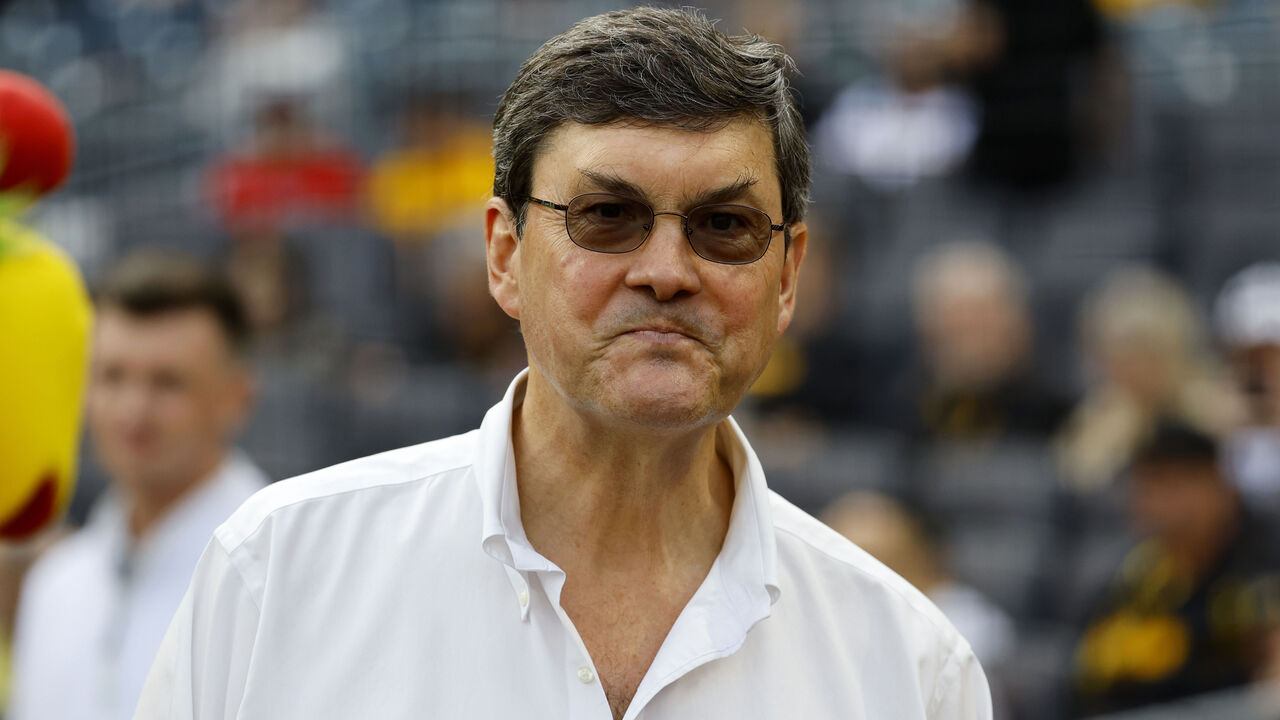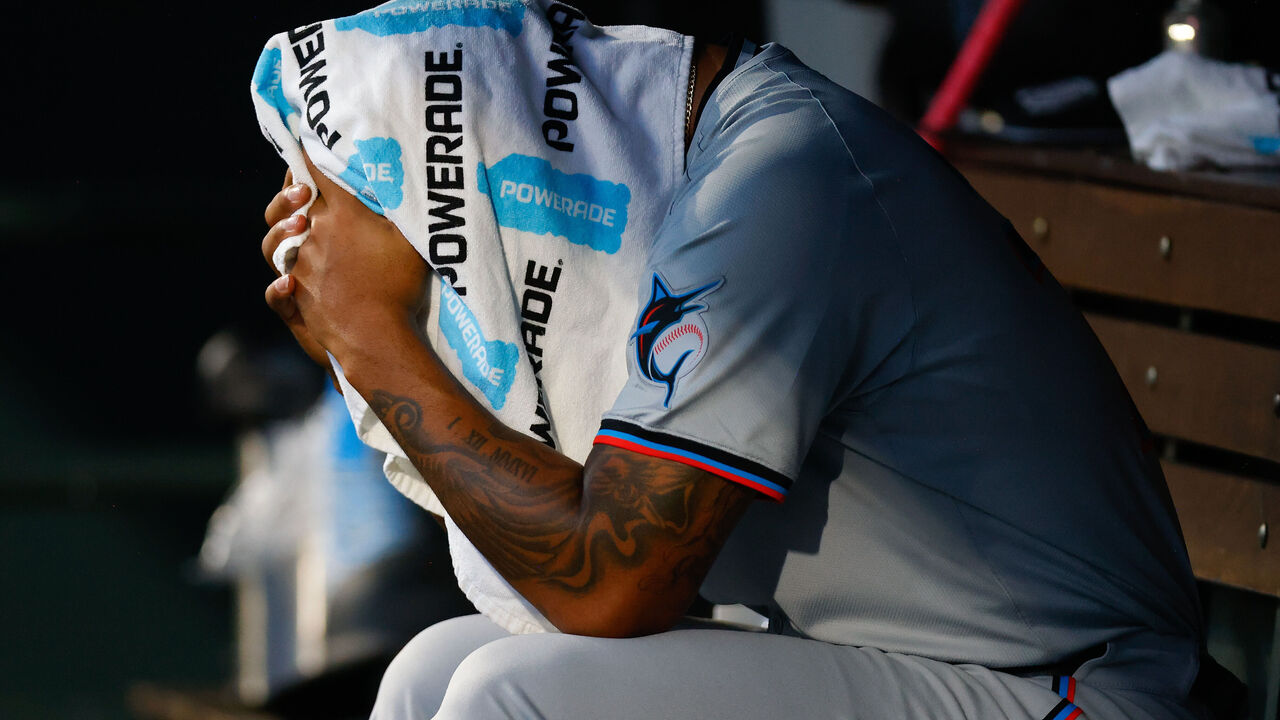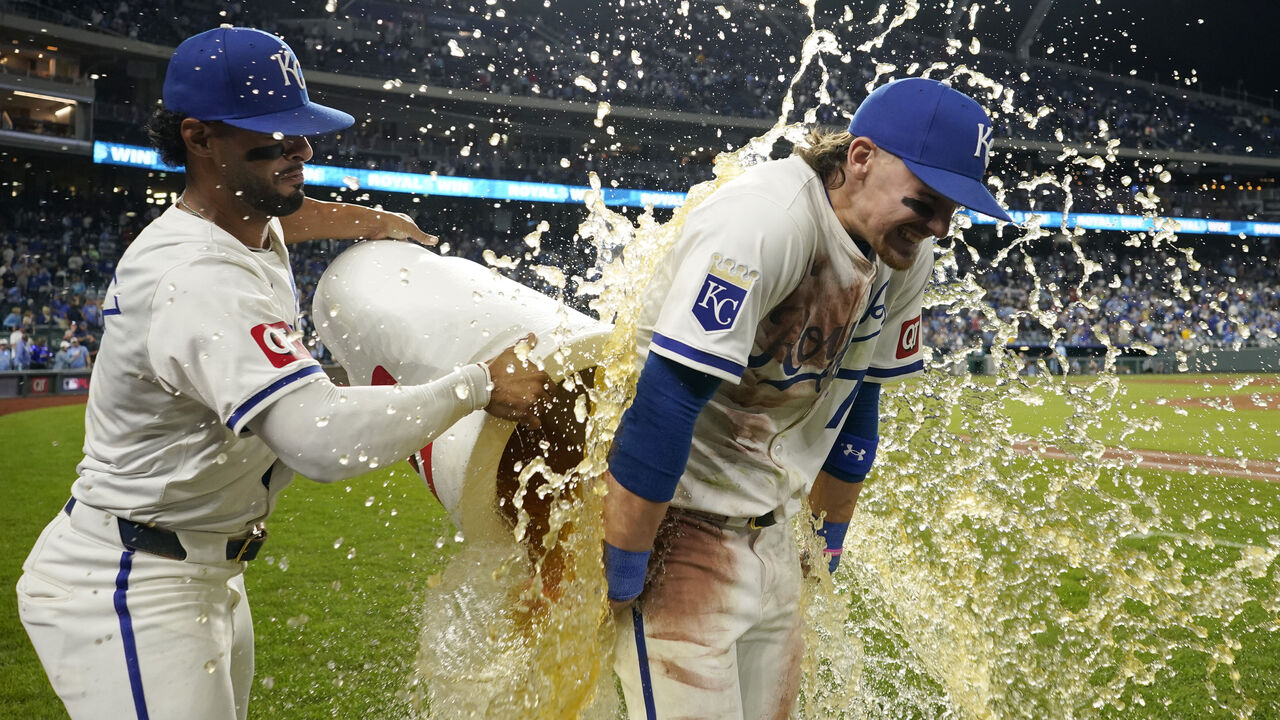A radical incentive to nudge MLB teams to try harder
Major League Baseball has an incentives problem.
You're acutely aware of it if you follow a small or medium-sized market club. Even some large-market clubs - hello, Seattle - seem ambivalent about on-field results.
As the season began last week, there was again talk of salary caps to restore competitiveness balance - or at least the perception of it.
The conversation and angst were renewed as clubs that ought to have done more like the Pirates, Guardians, Twins, Mariners, and Reds essentially sat out the offseason or made their rosters worse to reduce payroll.
Early season attendance is down 28% in St. Louis (worst change in MLB through six home dates year-over-year), down 21% in Cincinnati (third worst through six home games), down 17% in Baltimore (which had more talent leave than was added in the winter), and a decline of 12% in Seattle (ninth worst).
Overall attendance is nearly flat year-over-year through 100 total games (-727 fans per game).

MLB is the only major North American sport with such an imbalanced playing field, with such a gray cloud of financial inequality lingering over it. The discussion rains down pessimism even during opening week.
The problem is a salary cap-and-floor system is a pipe dream for those that want it. The idea remains anathema to the players' union leadership even though many players would benefit from it considering baseball has the greatest share of players paid at the minimum salary in North American sports.
The idea that billionaire owners should spend more is great in theory but isn't rooted in the reality of human nature, or the disparity in liquid wealth between owners. Most owners operate at similar net margins, as we studied last fall.
For the sake of the thought experiments below, let's assume a cap-and-floor system is off the table, as is finding 29 other Steve Cohens to run ball clubs.
What other kinds of incentives could change behavior? And could they grow overall interest in the game?
With MLB experimenting with ghost runners, pitch clocks, and robot umps, why not reconsider what could truly drive interest? Let's explore.
Alternative Universe No. 1: Wild-card ineligibility
There's no doubt the Dodgers are playing a different financial game, but I believe MLB's primary problem is its bottom feeders. That's a key - perhaps the key - to address.
Consider that on Aug. 1 last year, there were 12 teams with less than a 10% chance of reaching the playoffs and eight with less than a 1% chance, according to FanGraphs. Eight!
On Aug. 1, 2023, nine teams had less than 10% postseason chances and eight (again) had less than a 1% chance.
On Aug. 1, 2022, there were 13 teams with less than a 10% chance at the postseason and 12 with chances under 1%.
And this is the expanded playoff era.
In a zero-sum game, there will always be teams at the bottom of the standings, but there's a gap between bad and terrible in MLB today.
Under the current playoff format in place since 2022, there are an average of 11.3 teams with slim postseason chances - say, under 10% - and 9.3 teams that are essentially mathematically eliminated with two months - a third of the season! - to play.
There are also recurring offenders.
The Rockies' playoff chances have been at 0% in each of the last three seasons on Aug. 1. Zero! This is true of the A's, too. The Pirates, Marlins, Reds, Royals, and White Sox held less than 1% playoff odds at the trade deadline in two of the last three years.
Far too many teams play too many essentially meaningless games.

To tackle this problem via thought experiment, let's begin with the less radical proposal I'll put forward.
It goes like this: the three worst teams in each league by overall record should be ruled ineligible for a wild-card berth the following year.
There's one get out of jail free card: a wild-card ineligible team can earn a postseason berth the following season by winning its division.
The idea is to raise the floor, to raise the interest level in competing, and reduce the volume of games tied to virtually no stakes.
Based on last year's standings, the A's, Angels, and White Sox would be wild-card ineligible this season in the AL, while the Marlins, Rockies, and Nationals would be ineligible in the NL. In this world, teams at the bottom would have something to play for, or play to avoid.

And consider attendance, because it's tied to winning,
Last year, the top 10 teams by Aug. 1 playoff probability finished with a combined 27.44 million in attendance. The next best 10 teams by playoff chances had a combined 23.96 million paid fans, and the bottom 10 had 19.95 million.
And it's how attendance falls off for some out of contention by late summer that's concerning.
The Pirates averaged only 18,975 fans per game after Aug. 1 last year compared to an average of 22,502 per game from April through July.
MLB could do wonders for the perception of its product if it could nudge its worst offenders to be more competitive, and get more teams involved in the offseason and also in the season-long entertainment product on the field. In other words: more year-round public interest.
Alternative Universe No. 2: Hybrid relegation
North American fans and owners may not want an English Premier League-style equivalent, where the worst teams are demoted to lesser leagues, but what about something in between?
The following is a structure that preserves the 162-game schedule, two leagues, 12-team playoffs, and the World Series, but which adds an element that creates enormous incentives up and down the standings, fostering season-long interest.
This hypothetical includes 11-team AL and NL leagues that send six teams each to the playoffs. (One big change here: there are no longer divisions, only two leagues and a relegation group.)
Teams that finish seventh, eighth, and ninth in each league are safe, but the 10th- and 11th-place teams would be banished to what I'm calling the Purgatory Division, an eight-team grouping for the following season.
Why eight in purgatory? Because MLB tends to have eight-to-10 teams uninterested or unable to compete. This would be the ultimate motivation to do something.
The top three teams in the purgatory division gain access back to the AL or NL the following year, and a fourth team is elevated as determined by a four-team playoff between the No. 4 through No. 7 seeds. These are pages out of the EPL.
At the end of the season, only the worst team - No. 8 in the relegation division - has no chance to be elevated.
Sorry, 2024 White Sox.
While there could be many ways to decide which league to assign the elevated teams, teams themselves could make the selections determined by order of finish.
Here's what last season looked like in this alternative reality with actual records:
It's easy to see how there'd be great incentive up and down the landscape of the standings. Almost every team would play for something all season long.
The Mets, Royals, Cardinals, and Nationals escape relegation and celebrate.

The Rangers, Blue Jays, Marlins, and Pirates fall into baseball purgatory, the latter just by a game. Wouldn't that incentivize Pittsburgh to build more seriously around Paul Skenes?
With respect to scheduling, it could range from balanced to imbalanced. We could imagine something like AL/NL teams playing 80 intraleague games, 66 interleague games, and 16 games against relegated teams. That's more incentive to climb from the cellar.
The hypothetical 2025 MLB landscape based upon actual 2024 results:
In this alternate reality, no one's forcing any owner to spend or to meet a salary floor. No owner loses revenue sharing, though that could be another consideration. But there would be second thoughts on tanking, dumping salary, and sitting out the offseason.
While relegation would be threatening to most owners, and while ticket sales would drop for demoted clubs, the amount of value and interest added to the regular season as a whole could be immense.
MLB has by far the greatest live sports inventory, after all, yet it's not maximizing it.
Is this thought experiment too radical? Certainly for some, and perhaps many. And even if you're skeptical, we can probably agree the sport would benefit from some new incentives to force its floor to rise.
Again, consider that roughly 30% of teams - and fan bases - are checking out by Aug. 1 each year. That's not healthy for MLB.
The industry should think of incentives, the right nudges, to make its product more compelling to more fans, especially since there's no end in sight to its financial imbalance.
Create the right incentives and enjoy better outcomes.
Travis Sawchik is theScore's senior baseball writer.